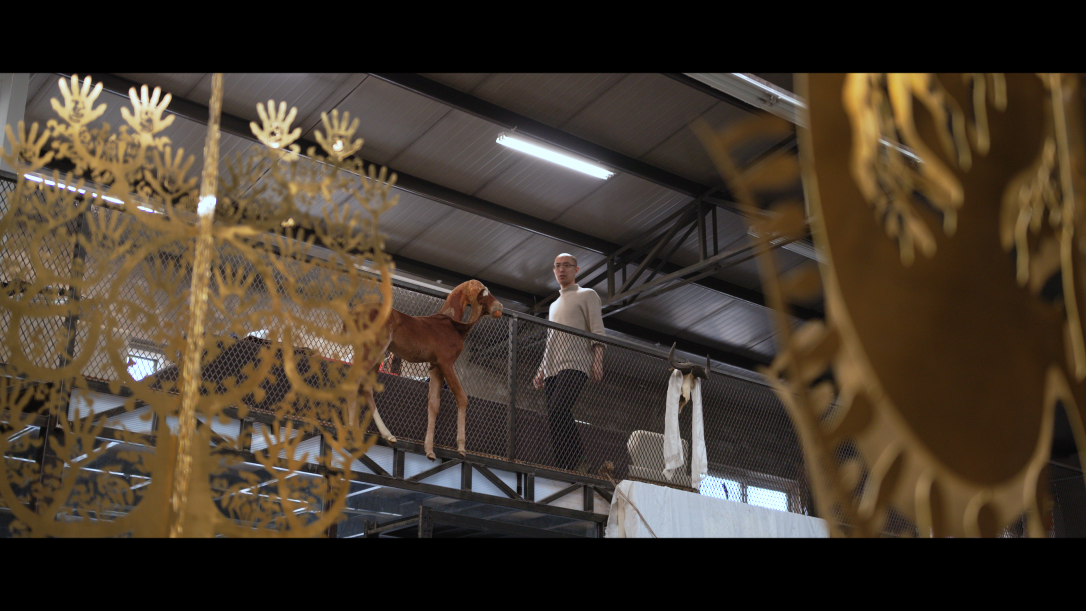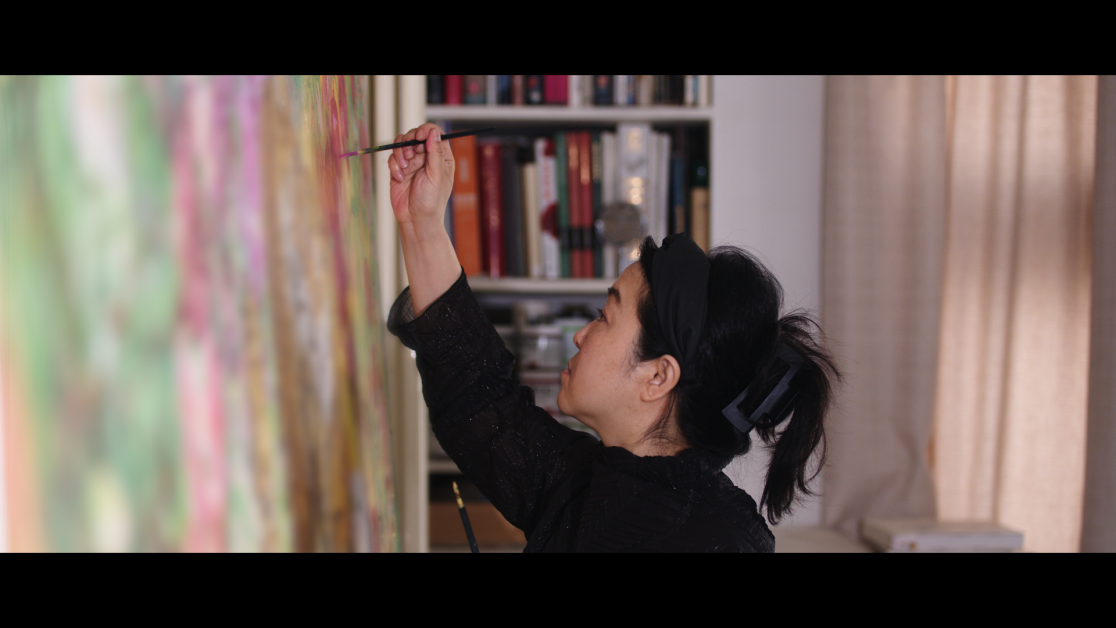Appreciating Chinese language in art
 0 Comment(s)
0 Comment(s) Print
Print E-mail CCICD, October 26, 2022
E-mail CCICD, October 26, 2022
Co-produced by Center for Language Education and Cooperation and Central Academy of Fine Arts, the video series The Imagination of Art (Chinese Language + Arts) was unveiled on October 24, 2022, in a bid to inspire the peoples of various countries to learn Chinese through an approach integrating language learning and the education of art.

The video series focuses traditional Chinese aesthetics and the reflection on contemporary culture. Centering on both Chinese language and arts, the videos select multiple art pieces of artists of Central Academy of Fine Arts, including Wu Jian'an, Kang Lei, Lu Zhengyuan and Zhang Fan. It is composed of two parts, while the part about the appreciation of art works is called The Imagination of Art and the other focusing on languages is titled Learn Chinese with Artists. By interpreting the artists' thoughts on the work of art, the videos demonstrate the charm of both art and the Chinese language.
The video released on October 24 is the first episode, which mainly appreciates the work The Heaven of Nine Levels by Wu Jian'an. The term "The Heaven of Nine Levels" is a traditional Chinese philosophy of the universe, and the work is a large piece of hand-carved cowhide. It demonstrates a special philosophy where the universe is not simply about food chain, and as the rules of the universe keep changing, the essence of it is changing destiny.
The other three episodes will be released soon to tell the other three artists' works and stories.

Episode Two focuses on the painting The Garden of Forking Paths by Kang Lei. The piece of work takes its title from the novel of the same name by the Argentine writer Jorge Borges. It is about the artist's reflection on Time, as she paints different sceneries and objects in different places and of different times in the world to record her feelings and experience. Through metaphorical expression, the work reproduces the painter's view of nature, time and space. The grand structure of the work also reflects the artist's preference and thought on traditional Chinese paintings. The artist's sense of time resonates with literature, too.

Episode Three is about Lu Zhengyuan's work Solid Liquid. The masterpiece uses glassware, the most famous material of the Chinese ware, and adopts the techniques of sculpture. Hundreds of glassware float in the air to form a mask, attracting visitors to walk nearer and appreciate the whole work. It reflects a contemporary Chinese artist's cultural thoughts as well as the craftsmanship spirit.

Zhang Fan's work Tianxin, adopts the Shoushan Stone produced in Fujian Province. The artist creatively employs the traditional Chinese fine gold wire weaving process, and by twining, connecting, wrapping the gold wires, the artist manages to produce the glittering effect of gold. Both the nature's gifts, jade and gold are given the spiritual significance, as the whole work demonstrates the artist's innovative creation of traditional culture and the aesthetic philosophy of harmony between man and nature.
The chapter Learn Chinese with Artists is a new type of language learning model invented by the project team. By interpreting the four artists' sources of art inspiration, the creative ideas and the forms of expression, international Chinese education experts select key words and sentences, while the Chinese teachers are responsible for explaining the selected points. The content of the videos not only embodies the aesthetic reflection derived from the traditional culture, but serves as a practice for the project team's innovation on language communication and learning, which is beneficial for language learners and art lovers to understand a lovely yet respectable China in a relaxed and natural way.






Go to Forum >>0 Comment(s)